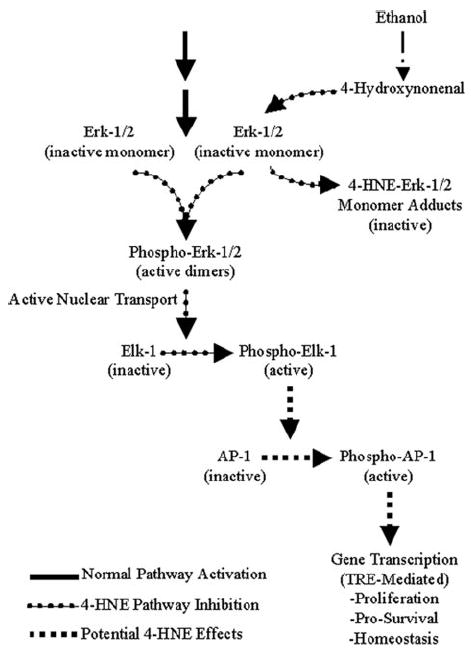FIGURE 7. Alterations to ERK-1/2 signaling pathway imposed by 4-HNE.

In normal non-ethanol-exposed and non-aldehyde-exposed hepatocytes, upstream kinase events (solid arrows) cascade down through ERK-1/2 to phosphorylate and activate this signaling intermediate, resulting in the active transport of ERK-1/2 into the nucleus where phosphorylation of downstream ELK-1 and subsequently AP-1 (c-Fos, and to a lesser extent c-Jun) result in transcriptional activity. During ethanol-induced lipid peroxidation, 4-HNE forms covalent adducts with inactive ERK-1/2 in the cytosol, preventing its phosphorylation, activation, and nuclear translocation, which results in the loss of downstream ELK-1 activity (dotted arrows). The 4-HNE-mediated inactivation of ERK-1/2 and the subsequent loss of ELK-1 activity could potentially result in the loss of normal transcriptional activity through the c-Fos and c-Jun AP-1 transcription factors associated with proliferation, cell survival, and homeostasis (dashed arrows).
